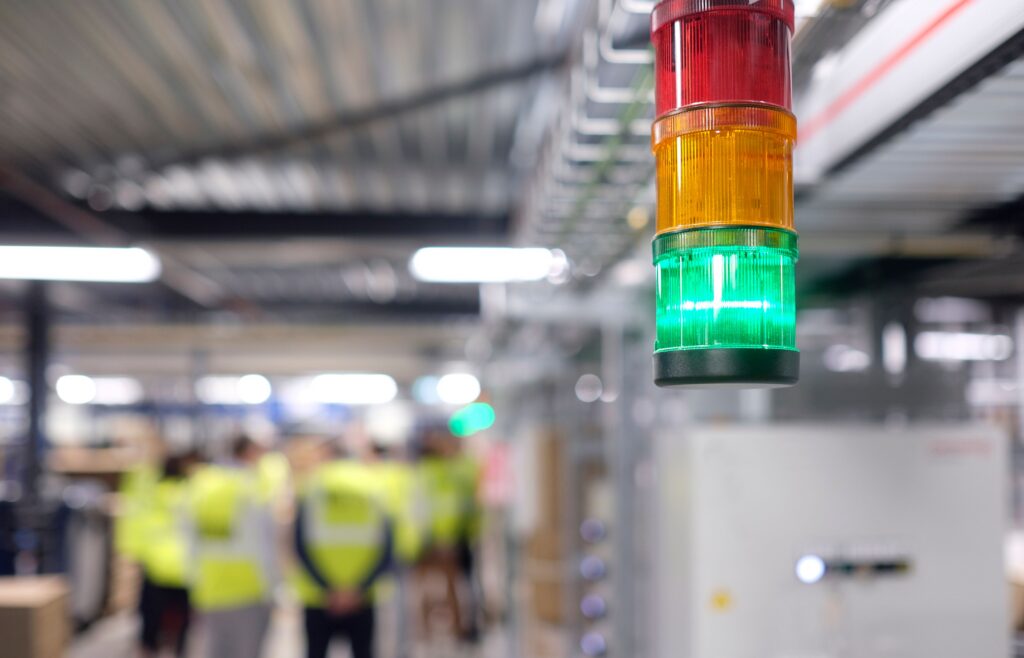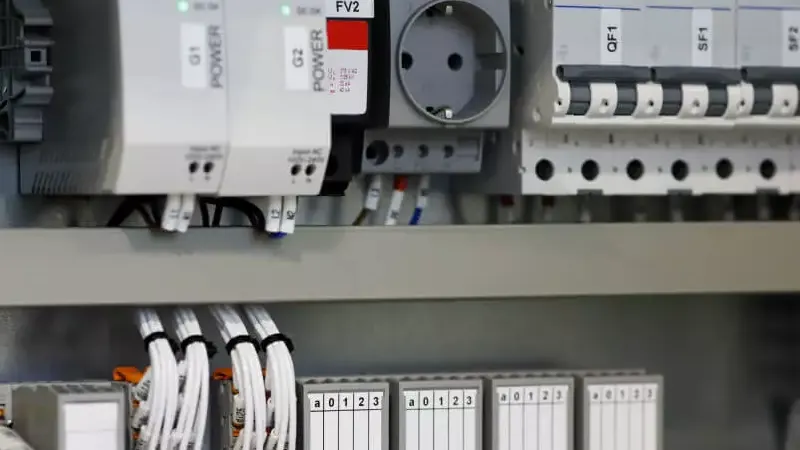Guide essentiel pour l'étalonnage des capteurs pour une précision industrielle
Dans ce guide, nous explorerons les tenants et aboutissants de capteur L'étalonnage, pourquoi il est important, comment il est documenté et les différentes méthodes utilisées pour différents types de capteurs.
Table des matières
Qu'est-ce que l'étalonnage du capteur ?
L'étalonnage d'un capteur consiste à ajuster un capteur ou un instrument de mesure afin de réduire ou d'éliminer les imprécisions de mesure. En effectuant l'étalonnage, les techniciens établissent une relation entre la sortie du capteur et une référence standard, minimisant ainsi les erreurs et garantissant que les données de mesure correspondent étroitement aux conditions réelles.
L'étalonnage est souvent confondu avec le réglage, mais ils ont des objectifs différents. L'étalonnage vérifie la qualité des mesures d'un capteur par rapport aux normes connues, tandis que le réglage modifie activement le capteur pour corriger les écarts éventuels. Un étalonnage précis est essentiel pour maintenir des résultats de mesure précis et reproductibles, qui sont essentiels pour l'assurance qualité dans les processus industriels.
Pourquoi l’étalonnage du capteur est-il essentiel ?
L'importance de l'étalonnage ne peut être surestimée. Les capteurs étalonnés garantissent des mesures précises, ce qui conduit à des opérations stables et efficaces dans des secteurs tels que la fabrication, le traitement chimique et l'industrie pharmaceutique. Voici pourquoi l'étalonnage est si important :
- Assure la précision des mesures: L'étalonnage permet de détecter les erreurs de mesure pouvant résulter des conditions environnementales ou de la dérive de l'équipement au fil du temps. Des données précises permettent un meilleur contrôle des variables du processus.
- Soutient l'assurance qualité:L'étalonnage est essentiel pour les entreprises qui s'efforcent de respecter les normes ISO et autres normes de qualité. Il garantit que les mesures respectent les tolérances requises.
- Réduit les risques de sécurité:Des données de capteur inexactes peuvent conduire à des décisions de contrôle erronées, mettant potentiellement en danger le personnel et l'équipement.
Documentation de l'étalonnage : le certificat d'étalonnage
La documentation d'étalonnage fournit une preuve d'étalonnage et enregistre les données critiques. Cette documentation comprend un certificat ou un rapport d'étalonnage, qui vérifie la traçabilité par rapport aux normes reconnues. Les certificats d'étalonnage comprennent souvent :
- Normes utilisées:Les normes de référence qui ont été appliquées lors de l’étalonnage.
- Résultats d'étalonnage:Spécifications, fonctions d'étalonnage, courbes, tableaux ou diagrammes représentant les données d'étalonnage.
- Incertitude de mesure:Les valeurs d’incertitude associées à l’étalonnage indiquent la précision attendue.
Avoir cette documentation à portée de main est essentiel pour les audits et le maintien de l’intégrité des processus.
Comprendre le recalibrage et son importance
Au fil du temps, la précision des capteurs peut se dégrader en raison de l'usure, du vieillissement ou des changements environnementaux. Un réétalonnage régulier garantit que les capteurs restent dans des limites d'erreur acceptables. Les entreprises suivent souvent les normes ISO 9001, qui définissent les exigences en matière de surveillance des instruments de mesure et les calendriers de réétalonnage.
En établissant un processus de réétalonnage de routine, les entreprises peuvent empêcher que la dérive affecte la qualité des données. Un étalonnage régulier minimise les temps d'arrêt, améliore l'efficacité opérationnelle et maintient la conformité aux normes de qualité.
Étalonnage des capteurs pour différentes valeurs de mesure
L'étalonnage varie en fonction du type de mesure effectuée par le capteur, comme la pression, la force ou le couple. Voici un aperçu de l'étalonnage sur différents types de capteurs :
- Étalonnage du capteur de pression:Cela implique souvent d’appliquer une pression connue et d’enregistrer la sortie du capteur pour établir la précision.
- Étalonnage du capteur de force:Les capteurs de force sont étalonnés avec des charges appliquées pour vérifier qu'ils fournissent des mesures correctes sur toute leur plage.
- Étalonnage du capteur de couple:L'étalonnage du couple utilise la force de rotation appliquée pour vérifier que les mesures sont cohérentes et précises.
- Étalonnage de l'accéléromètre:L'étalonnage des accéléromètres nécessite un mouvement contrôlé pour garantir qu'ils mesurent l'accélération avec précision.
Chacune de ces méthodes d’étalonnage possède son propre ensemble de procédures et de normes pour garantir la fiabilité des mesures.
Causes courantes d'erreur de capteur
Plusieurs facteurs peuvent introduire des erreurs dans les mesures des capteurs, affectant potentiellement le contrôle du processus. Voici les principaux types d'erreurs et la manière dont elles surviennent :
- Erreur de référence zéro:Une dérive du point zéro du capteur peut se produire en raison d'influences environnementales telles que des changements de température ou de pression.
- Changement de gamme:La plage de fonctionnement peut changer, ce qui peut entraîner une mesure inexacte du capteur s'il n'est pas recalibré.
- Usure ou dommages mécaniques:Les dommages physiques ou l'usure peuvent affecter la capacité du capteur à mesurer avec précision, nécessitant potentiellement des réparations ou un remplacement.
La compréhension de ces types d’erreurs aide à diagnostiquer les problèmes d’étalonnage et à établir des routines d’étalonnage efficaces.
Réalisation d'un contrôle d'étalonnage « tel que trouvé »
Un contrôle « tel que trouvé » est un étalonnage préliminaire effectué sans ajustements. Il permet de déterminer si les mesures actuelles de l'instrument se situent dans des niveaux de tolérance acceptables. Le contrôle est effectué à plusieurs points sur la plage du capteur, souvent à l'aide d'un contrôle « en cinq points » (0%, 25%, 50%, 75% et 100%).
Si les valeurs mesurées « telles que trouvées » se situent dans les limites de tolérance autorisées, un étalonnage complet peut ne pas être nécessaire. Dans le cas contraire, un étalonnage complet est effectué pour ramener les valeurs mesurées dans les limites de tolérance.
Conclusion
L'étalonnage des capteurs est un processus essentiel pour maintenir la précision, la sécurité et l'efficacité des opérations industrielles. En étalonnant et en réétalonnant régulièrement les capteurs, les industries peuvent réduire les erreurs de mesure, améliorer l'assurance qualité et garantir la conformité aux normes internationales.
La compréhension des principes fondamentaux de l’étalonnage, de la documentation aux causes d’erreur et aux contrôles d’étalonnage, permet aux ingénieurs et aux techniciens d’obtenir un contrôle optimal des processus.
Si vous recherchez un fournisseur fiable de capteurs industriels, contactez Kwoco. Nous fournissons des capteurs neufs et originaux de marques de confiance telles que Omron et Keyence, disponible pour une expédition dans le monde entier.
Contactez-nous
Remplissez simplement votre nom, votre adresse e-mail et une brève description de votre demande dans ce formulaire. Nous vous contacterons dans les 24 heures.
Catégorie de produit
Produits en vente à chaud
Ces sujets pourraient également vous intéresser
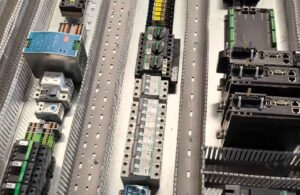
Écrans tactiles résistifs ou capacitifs : lequel vous convient le mieux ?
Les écrans tactiles font désormais partie intégrante de notre vie quotidienne, des smartphones et tablettes aux panneaux de contrôle industriels. Avec différents types d'écrans tactiles disponibles, il est essentiel de comprendre les différences entre eux. Cet article explore les écrans tactiles résistifs et capacitifs, vous aidant à déterminer quel écran tactile convient le mieux à votre application.
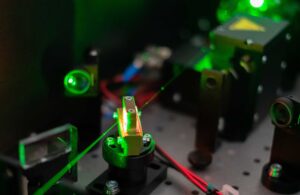
Les capteurs photoélectriques ont-ils besoin de réflecteurs ? Avis d'experts
Une question revient souvent : un capteur photoélectrique a-t-il besoin d'un réflecteur ? La réponse n'est pas simple : elle dépend du type de capteur et des exigences de l'application. Examinons les détails pour clarifier ce sujet.
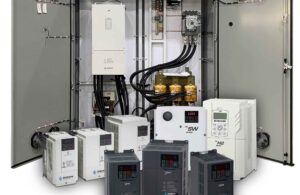
Réformation des condensateurs : redonner vie à votre variateur de fréquence après stockage
Cet article explore le processus critique de reformage des condensateurs pour les variateurs de fréquence (VFD) qui ont été stockés. Si vous travaillez dans le secteur de la fabrication de machines et d'équipements ou si vous proposez des solutions d'usine, il est essentiel de comprendre ce processus pour éviter les temps d'arrêt et assurer la longévité de votre équipement. Nous allons examiner pourquoi le reformage des condensateurs est nécessaire, comment il fonctionne et quelles mesures vous pouvez prendre pour protéger vos variateurs de fréquence.


